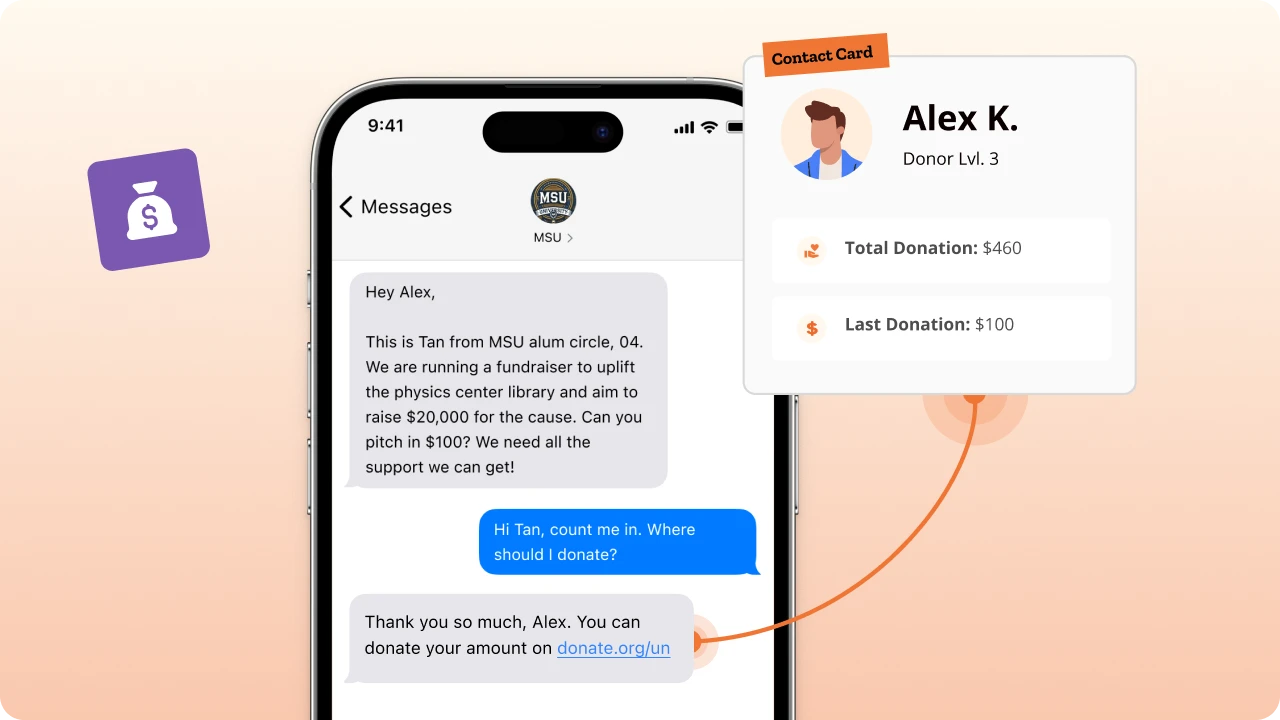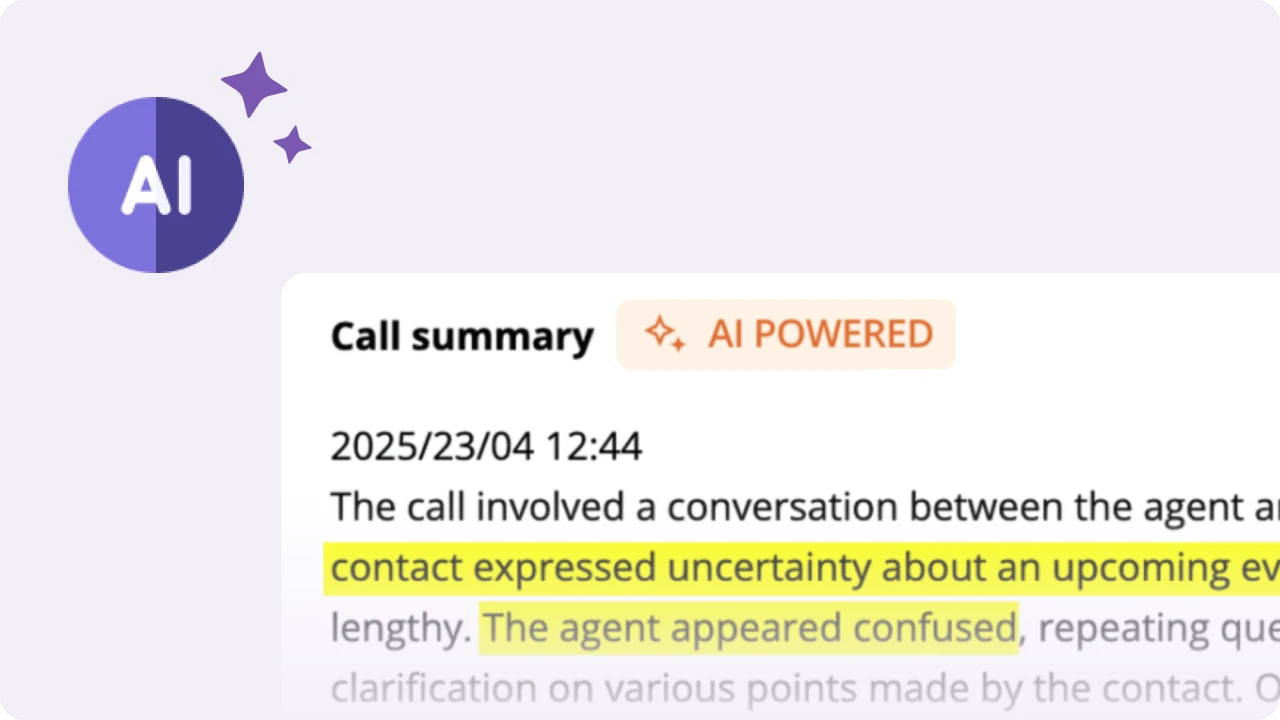Table of Contents
Successful advocacy campaigns don’t happen by chance – they start with an advocacy campaign plan, from raising awareness to driving policy change or mobilizing resources. A clear strategy is what turns passion into progress. In the words of Mel and Pearl Shaw:-
| In fundraising, you always have to pivot-same as you always have to solicit. You need a plan, and then you need to plan to pivot because things rarely turn out the way you plan. That’s both for the good and the ‘challenging’. So be prepared with a Plan A, Plan B, Plan C, and then be prepared to ‘pivot’ again!” |
This guide walks you through how to plan and scale yours for lasting change strategically.
Integrated advocacy campaigns framework
While an advocacy campaign usually has certain generic goals, like changing the world, the specific type of change you wish to achieve helps decide the tools and strategies you will use to achieve it.
So, before we get into the in-depth planning of an advocacy campaign, it is important for you to decide what kind of campaign you want to run.
Let’s look at the table below to bring these elements together:
| Campaign Type | Key Planning Considerations | Tools | Measurement Focus |
|---|---|---|---|
| Legislative Advocacy |
• Timeline: Align with legislative sessions and voting dates. • Goals: Focus on specific policy outcomes and legislator commitments. • Team: Include policy experts and government relations specialists. • Allies: Prioritize coalition partners with existing legislator relationships. |
• Patch-Through Calling to reach legislators ★★★★★ • Voice Broadcasting for urgent action alerts ★★★★ • P2P texting for talking points ★★★ • CRM integration for tracking legislator positions ★★★★ |
• Number of legislator commitments • Bill advancement stages • Constituent-to-legislator contacts • Policy outcomes |
| Awareness Campaigns |
• Goals: Set metrics around reach, engagement, and education. • Timeline: Consider seasonal relevance or tie to related events. • Strategies: Emphasize storytelling and emotional connection. • Mobilization: Create low-barrier educational actions. |
• P2P texting for sharing resources ★★★★★ • SMS Campaigns for educational content ★★★★★ • Social Media integration ★★★★ • Workflow Automation for educational journeys ★★★★ |
• Reach and impressions • Engagement rates • Knowledge change (pre/post surveys) • Shared content metrics |
| Funds & Resources Campaigns |
• Goals: Set specific financial targets with donor acquisition costs. • Team: Include fundraising specialists and donor relations. • Strategies: Develop tiers, matching opportunities. • Measurement: Track conversion rates and ROI closely. |
• SMS Campaigns with donation links ★★★★★ • P2P Texting for personal appeals ★★★★ • CRM integration for donor tracking ★★★★★ • Workflow Automation for donor journeys ★★★★ |
• Funds raised vs. the goal • Cost for donor acquisition • Conversion rates • Average size of donations |
| Community Empowerment |
• Issue Identification: Must come from community input. • Goals: Focus on leadership development and capacity building. • Team: Include community members in leadership roles. • Timeline: Allow for relationship-building phases. |
• P2P texting for community engagement ★★★★★ • SMS Campaigns for resource sharing ★★★★ • Phone Banking for skills training follow-up ★★★ • Door-to-Door Canvassing solutions ★★★★ |
• Community leadership development • Local participation rates • Knowledge and skill transfer • Community-led initiatives launched |
Step-by-step guide to planning advocacy campaigns
Now that you have chosen the kind of advocacy campaign you want to run, it is time to plan one.
Creating an effective advocacy campaign requires strategic planning for the greater impact. Here is a roadmap for a successful implementation.
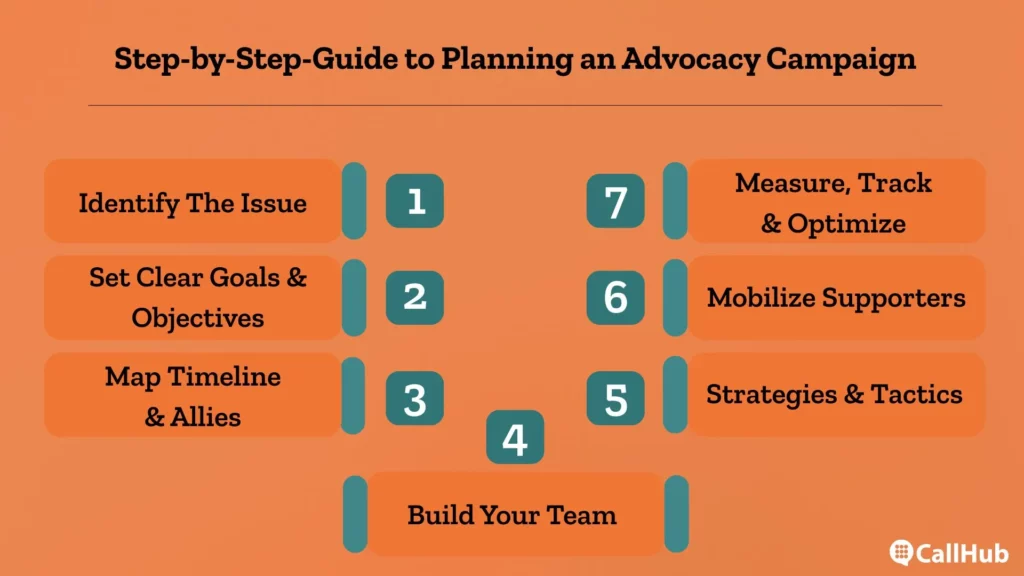
1. Identify the issue
Start by clearly defining the problem your campaign is addressing through research or stakeholder conversations. Gather quantitative and qualitative data about the issue’s scope and impact, or interview affected communities to understand their lived experiences.
Let’s say you want to end child hunger.
Understand that one campaign alone won’t solve the problem. The first step is to identify a specific area or community where you want to focus your efforts, such as children in a rural area or an urban slum.
From here, you must pinpoint what part of this multi-dimensional problem you are tackling. – of access to nutritious food? systemic poverty? Or ineffective policy implementation?
In this case, let’s say the identified issue would be that children in a particular slum of this specific city lack food because they don’t have the money to buy school lunches. This will be your ‘issue’.
Identifying issues at this granular level will allow you to find more impactful and sustainable solutions.
Did You Know?
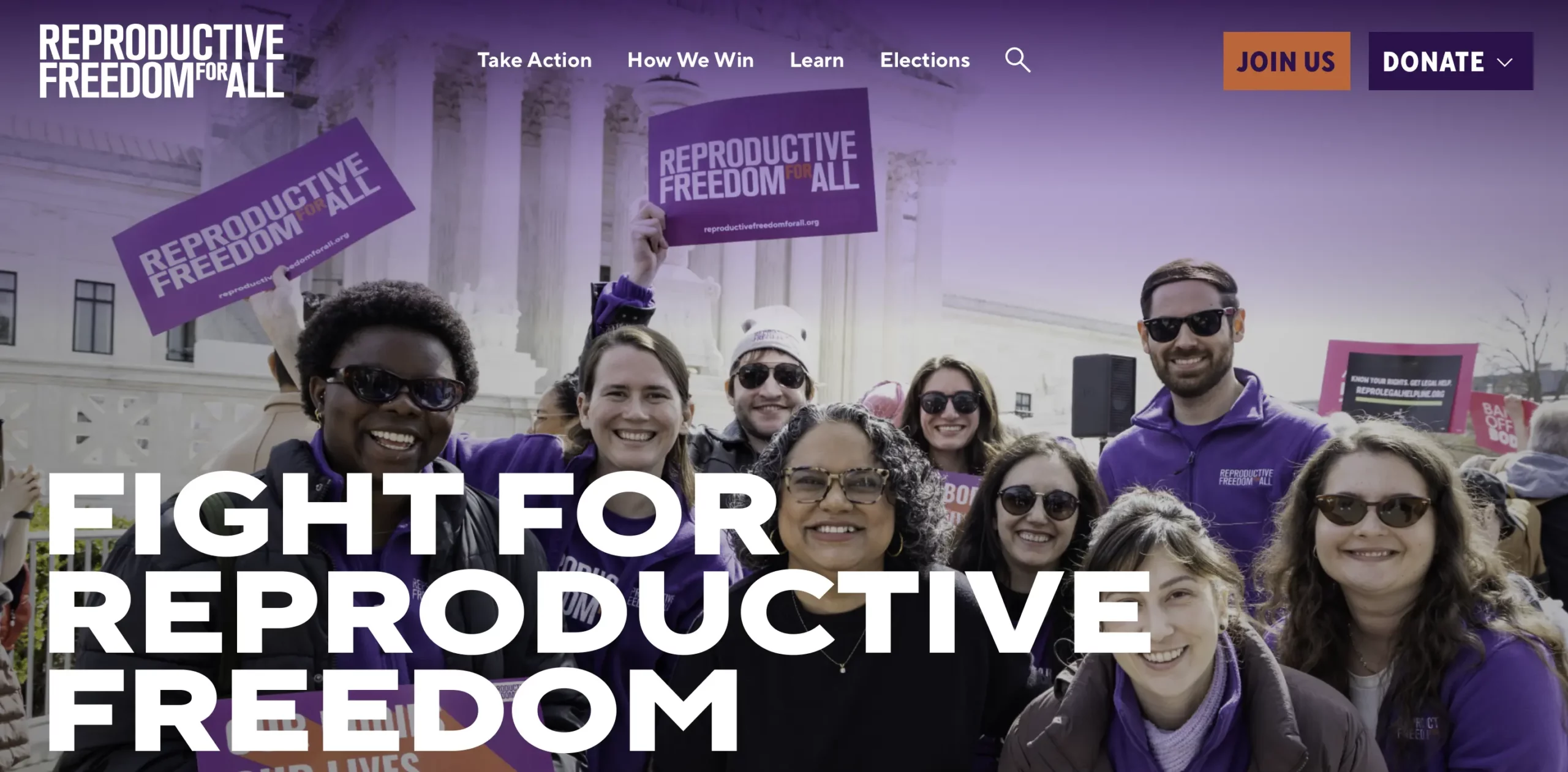
Reproductive Freedom For All mobilizes supporters to contact their government representatives about reproductive rights legislation. The White House Task Force was established by Biden for this campaign.
2. Set clear goals and objectives.
Distinguish between your overarching goal (the significant change you seek) and specific objectives (measurable steps towards the goal).
Your objective should follow this framework: Specific, Measurable, Achievable, Relevant, and Time-bound (SMART). This means that you have to have a specific and measurable goal that is realistic. Your goals should uplift the people you want to help, and you need to plan to achieve them within a set period.
Taking the child hunger issue mentioned earlier as an example, we identified which children we wanted to help and how. Now we can set a goal – raise $5 million in 2024 to feed 10,000 children school lunches for the academic year 2025-26.
Your goals should be achievable and measurable, and planned for a time period.
3. Map out your timeline and allies
Develop a detailed campaign calendar for external factors like legislative sessions, elections, or relevant anniversaries. You can work backwards from key decision points to ensure adequate preparation time.
The critical part is to consider the end of your campaign and work backwards from there, breaking the campaign into time segments aligned with specific goals.
Continuing with our school lunches example, your plan would account for the day you must pay the school for the lunches, and work backwards from there.
Pro tip: Once your timeline is placed, you can identify potential coalition partners whose mission and audience align with your campaign goals.
Read more to find out if you’re ready for an advocacy coalition: Advocacy coalition 101: what no one tells you.
4. Build your team for advocacy campaigns
Successful advocacy requires a diverse team with complementary skills. Core roles typically include campaign coordinator, digital organizer, research specialists, communications experts, and more.
Develop a clear role description and create onboarding materials and training protocols to ensure consistent implementation.
For example, rather than ‘finding people who care about the issue’ you can have a team-building objective like “recruit and train a core team of 12 volunteers with expertise in communications, policy analysis, community organizing, and digital strategy, with at least 50% having lived experience with the issue, by October 1st”.
Some roles will be generic – like volunteer co-ordinator or administrator. Others are specialized based on your advocacy campaign – like a lobbyist for legislative campaigns or a head of donor relations for fundraising campaigns.
5. Data and technology integration
Implementing specialized advocacy software for campaign management can help you track progress, understand what’s working, and make better, faster decisions.
Integrating a campaign management platform with your CRM keeps everything running smoothly – no more juggling spreadsheets or chasing updates.
CallHub’s CRM integration enables seamless two-way data flow between your campaigns and popular CRMs, automatically syncing real-time contact information and campaign results.
That means less manual work, fewer errors, and more time engaging the people who matter.
6. Strategies and tactics
Develop a strategy that is comprehensive and matches your resources to your objectives. Remember that you have limited resources and time, so try to find out what works and what doesn’t.
For planning purposes, it is essential to have a strategy for every part of the timeline you created earlier – how will you raise funds at this point, or how will you engage with legislators at that point?
Same with tactics – what you plan to do at every point of your campaign has to match the resources you have. There is no point in having ‘mass mobilization’ as a tactic if you don’t have the resources to go door-to-door.
7. Mobilize your supporters
At this point, you should have a measurable goal, a team to address every aspect of that goal, a timeline for the campaign, and strategies for implementing parts of that timeline.
So now, you can begin mobilizing the people who support your cause.
Segment your supporters on their interest level, geographical location, and skills to send targeted mobilization requests. Make sure your requests are timed so that you maximize their availability.
You can easily assemble, segment, and mobilize your supporters using CallHub.
For example, use CallHub’s Call Center to call potential volunteers and have your staff take them through a quick survey. Mark their answers as tags associated with their contact details. (You can import your existing contacts from your CRM with all their details, and CallHub will sync the new tags to the contacts in your CRM.)
You can now divide that original volunteer contact list into specific segments based on tags like ‘available to volunteer’, ‘part-time’, ‘calling only’, ‘door-to-door’, etc.
| By segmenting supporters – from casual sympathizers to passionate activists – you can create personalized jobs or responsibilities matching individual capacity and motivation, ensuring everyone can contribute meaningfully to the campaign’s goals. |
Now, whenever you need the skills of a particular type of volunteer, give that segmented list a call through another calling campaign. It’s that easy.
You can also automate the sorting of contacts to specific lists using CallHub’s Workflows. Workflows also let you send reminder texts to specific contacts as and when they are needed.
| Don’t have a contact list yet? No problem! |
| Begin by asking volunteers to text your campaign through real-world advertising, and using CallHub’s ‘Text to Join’ feature to get more details and add them to a contact list once the interested send their initial texts. |
Here’s how: Survey phone calls: how to set them up for success.
Pro tip: Create an ‘engagement ladder’ that highlights multiple entry points, roles, or periods. This will allow supporters to easily see what they can contribute, when and where, and at what level of commitment.
8. Measure, track & optimize your advocacy campaigns
Establish tracking systems that capture both quantitative metrics and qualitative outcomes. Monitor your key performance through data-driven insights to relocate resources and maximize impact.
Campaigns commonly track analytics like conversion rates, tracking CTRs, counting impressions to understand reach, engagement rates, calculating CPCs, monitoring total budget allocation, and measuring ROIs.
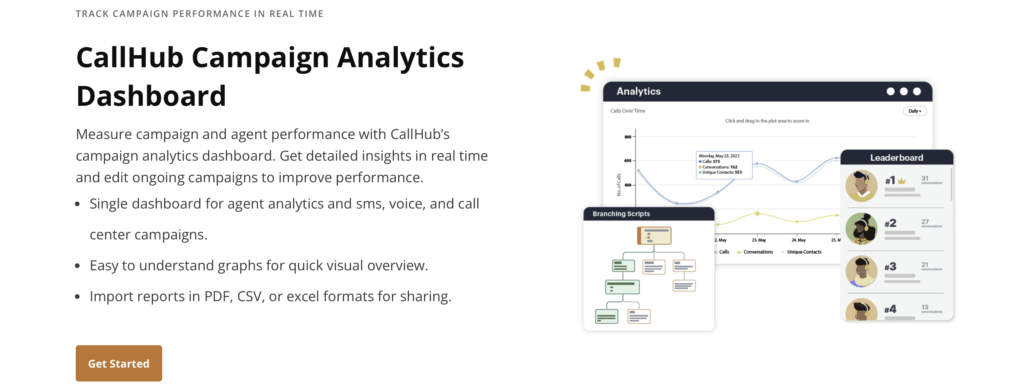
CallHub provides campaign metrics such as contact reach rates, response trends, volunteer productivity scores, SMS delivery confirmation, and conversion tracking, which are viewable in real-time dashboards.
Implementing your plan for advocacy campaigns
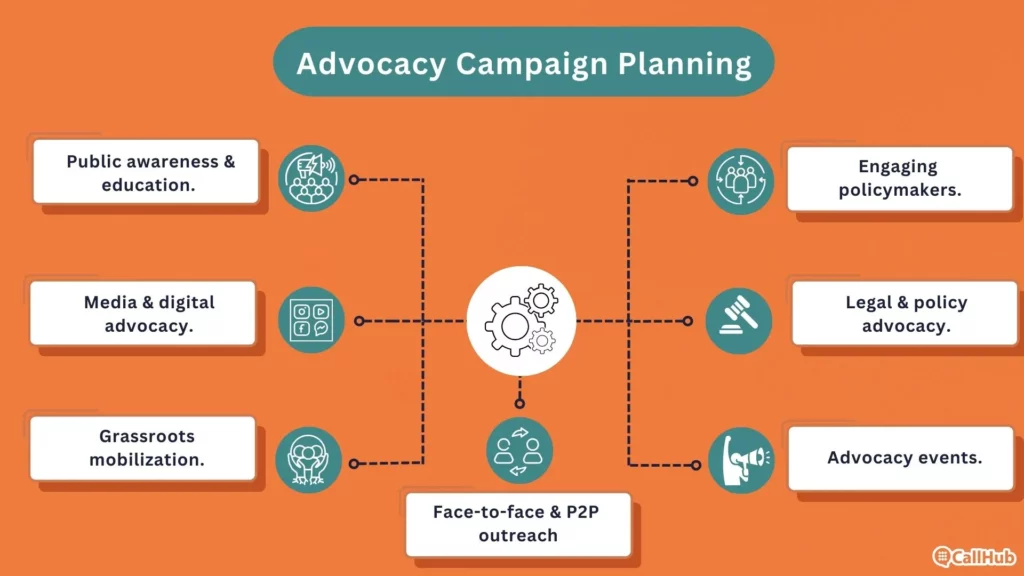
Now that you understand what kind of advocacy campaign you want to run and what you need to run that campaign, let’s take a look at some methods you should consider to implement your campaign.
These methods all serve to make the public aware of your campaign and to guide them towards the actions you need them to take to make your campaign a success. This includes everything from getting them to donate to calling their senator.
Here are the methods:
• Public awareness and education
Prioritize public awareness and education when creating an advocacy campaign. You can start off with accessible materials that explain your cause clearly, and host community events to build personal connections. Maintain visibility across traditional and digital media to reach diverse audiences.
CallHub tools like text messaging and voice broadcasting can help you boost engagement by sending timely updates directly to supporters’ phones, creating immediate awareness when new development occurs or when you need quick mobilization for upcoming events.
• Media and digital advocacy campaigns
Media and digital advocacy leverage online platforms to amplify your message. Use social media platforms to share compelling stories, visuals, and calls to action to resonate with your target audience.
Supply organic outreach with Google Ads to drive traffic to your website, promote events, or increase petition sign-ups.
Ensure that your messaging stays consistent across platforms to build credibility.
Real-time updates and interactive content help maintain momentum, spark conversations, and mobilize supporters when it matters most.
CallHub’s workflow automation can help you streamline your outreach across multiple channels and multi-channel outreach, triggering follow-up texts, reminders, or emails based on supporters’ actions.
Read more: Your simple guide for digital advocacy success
• Grassroots mobilization
Turning community support into collective action is what grassroots mobilization does. Focus on direct outreach by engaging individuals through phone calls, text messages, and in-person conversations. Encourage participation in rallies, local meetings, and community actions to foster a sense of collective ownership.
CallHub tools like phone banking and SMS campaigns can make it easier to connect with large groups, segment contact lists for targeted communication, and send automated reminders that drive turnout for the advocacy campaigns events. Remember to turn those passive interests into meaningful action.
Read more: Grassroots Mobilization: Your first guide to spark change.
• Engaging policymakers
Engaging policymakers directly is a key step in driving real policy change.
Schedule meetings or attend public hearings to build relationships and present your case with clarity. Come prepared with well-researched policy briefs or position papers highlighting the problem and offering practical, evidence-based solutions.
To amplify your impact, CallHub’s patch-through calling tool makes it easy for constituents to connect with their representatives and voice their concerns. Decision makers are more likely to listen and act when they hear directly from the people.
• Advocacy campaigns events
Advocacy campaigns events create momentum through rallies, conferences, and fundraising activities that build community while generating resources. Planning is key – coordinate logistics, promote across channels, and assign clear roles to volunteers.
Use CallHub’s texting solutions to help coordinate event logistics, send timely reminders, and follow up with attendees to maintain engagement long after the event concludes.
Read more: 15 things you can do with an event text messaging service
• Face-to-face and peer-to-peer outreach
Face-to-face and Peer-to-Peer outreach create personal connections. P2P outreach stands out from traditional SMS or calls because it allows for real-time, two-way, personalized conversations.
Unlike bulk SMS or automated calls, P2P texting platforms enable tailored interactions and dynamic responses. This encourages recipients to respond to authentic and relevant messages, making P2P outreach a more effective and human-centered approach for mobilizing support and driving action.
Pair that with door-to-door canvassing solutions to build strong, local connections.
Train volunteers and supporters to advocate within their networks, multiply your reach through trusted relationships.
Pro tip: CallHub makes outreach within your networks easy using Relational Organizing. Make sure your supporters are familiar with this via CallHub’s mobile app.
Did You Know?
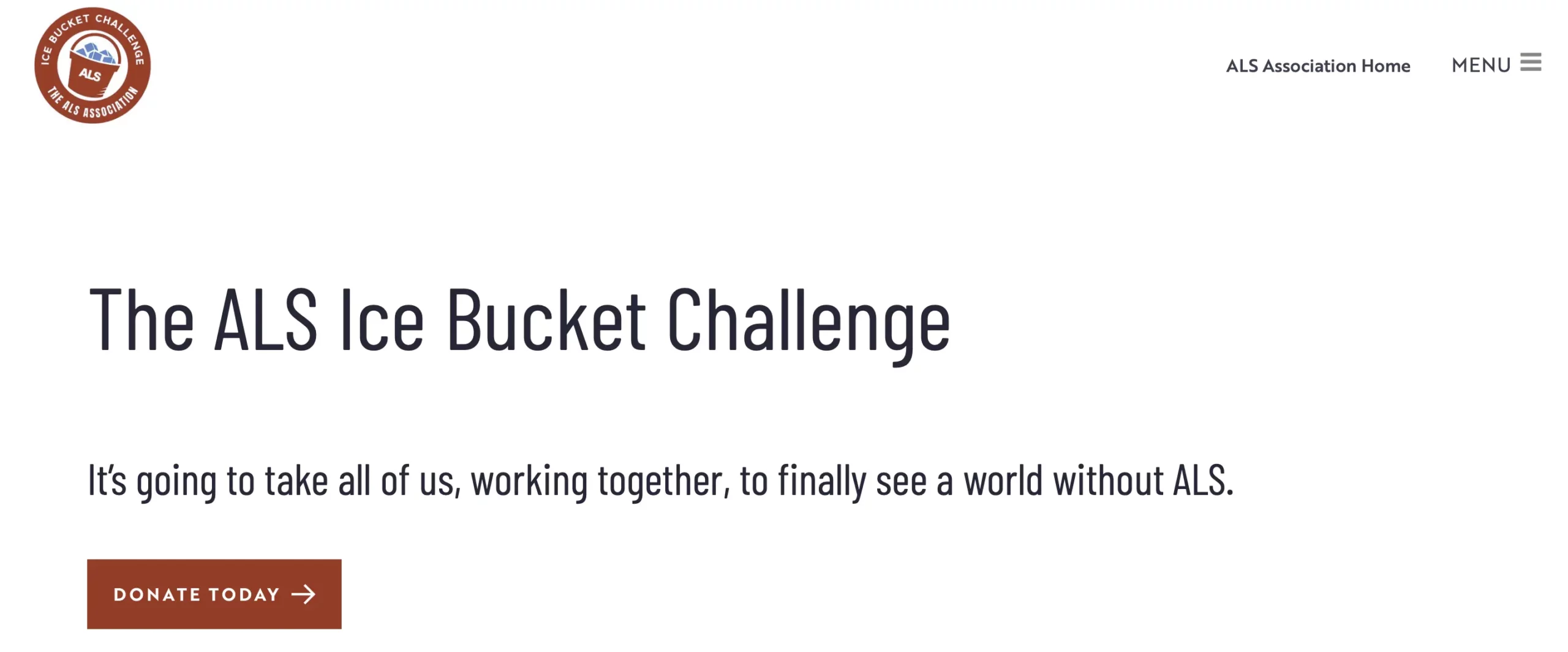
Raising over $115 million in weeks, the ALS Ice Bucket Challenge leveraged a P2P social media campaign to engage millions worldwide. The campaign increased ALS awareness and funding for research breakthroughs by encouraging participants to nominate friends and share videos.
Ready for your Advocacy campaigns?
Now that you understand how advocacy campaigns, types, planning steps, and tools work together, you’re ready to launch a cohesive and effective advocacy campaign.
Whether you’re organizing events, engaging supporters, or influencing policy, the right tools can make all the difference. Start today and make your advocacy campaigns more powerful, organized, and impactful with CallHub.

